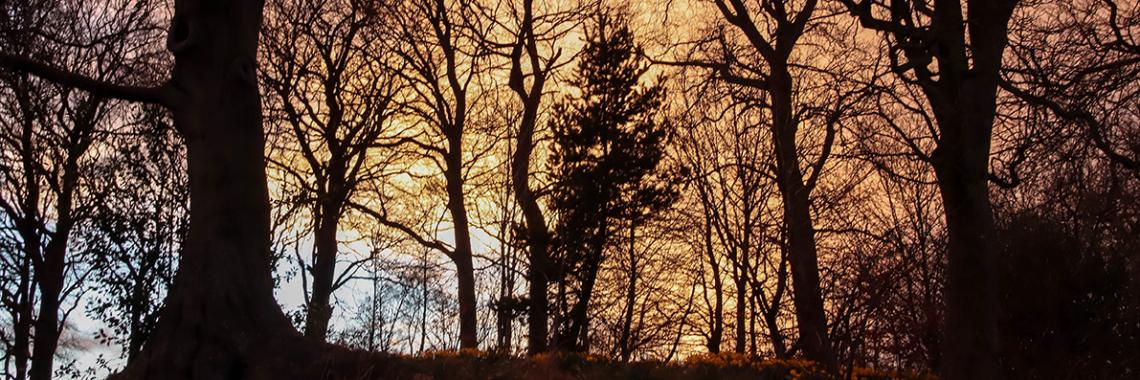Agnes Bischope was the first person from Calder parish to be accused of witchcraft. She was probably singled out because she was an older woman who had a bit of a reputation for arguing
with her neighbours.
Agnes married David Jack in 1609 and they lived at Dedridge which is now an area of Livingston. In 1618 Agnes was called in front of the Calder Kirk Session because of an argument where she, her husband and James Aikman had called each other ‘thieves, witches and other vile names to the great dishonour of God’. Agnes was found in the wrong and ordered to pay ten Scots pounds to the poor fund {about £90 now.}
Twenty six years later, on 20th December 1643, Agnes appeared before Linlithgow Presbytery. She was accused by Hew Kennedie, minister at Calder, of being a ‘common charmer and a witch’. By 31st January 1644 she had been declared guilty of witchcraft. The Privy Council, the highest court in Scotland, agreed and she was sentenced to death.
Agnes was held at the Tolbooth at Linlithgow between December 1643 and February 1644 before being moved back to Calder to await her execution. The only sentence possible for a witch was death. At Calder this happened on Cunnigar Hill where the women would be dressed in sackcloth, tied to a stake, strangled and then their body burned.
On the 28th of February a man called Andrew Fergusson was paid for watching Agnes day and night for eight days. He charged the kirk session 2 schillings a day {about £1} for Agnes’ food and eight schillings a day for his own food and fee. It’s likely that Agnes had recently been executed and the Kirk session were settling their debts.
Later, in November 1644, the Kirk session refer to Agnes as a ‘confessing and suffering witch’ which seems to confirm that she had been executed.






